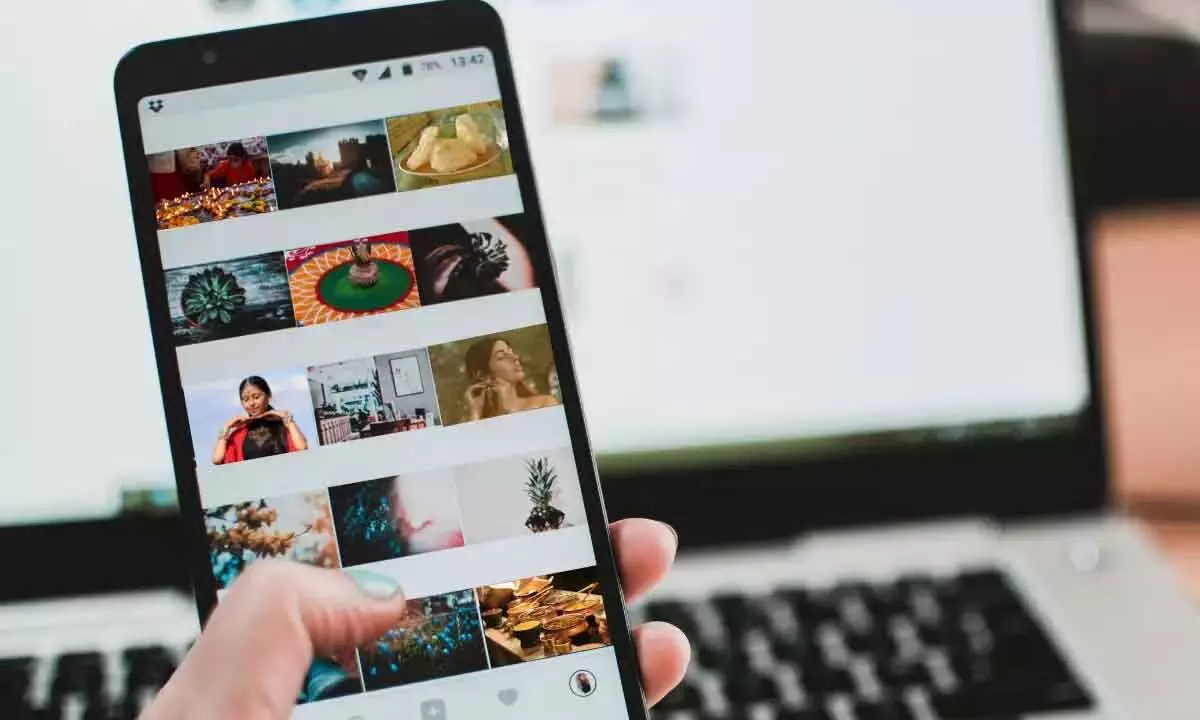Influencer marketing to boom during Diwali
image for illustrative purpose

Influencer marketing seems to be the new buzzword in the marketing industry. And Diwali, known as the festival of lights and fire crackers, this time round, is expected to bring in bigger dhamaka from different brands by way of influencer marketing. Different brands together are expected to spend nearly Rs 300-400 crore on influencer marketing this Diwali, thus reinstating the fact of being the next major trend in the marketing industry. Various studies suggest that as high as 66 per cent of Diwali shoppers make purchasing decisions based on influencer recommendations.
As the spirit of Diwali spreads across the country, brands already find themselves in a bustling market worth a staggering Rs 90,000 crore, filled with promising opportunities, going by a recent study by Qoruz, the leading influencer marketing platform, dealing with marketing stands as a beacon in influencer marketing analytics, reporting, and managing influencer marketing campaigns for companies like Loreal, ITC, Amazon, Bajaj, Madison World, and Schbang.
Interestingly, over the past two years, there has been a significant 21 per cent increase in influencer collaborations, reflecting the strengthening of partnerships between brands and influencers. Brands today allocate over Rs 300 crore for influencer marketing during the festive season.
That’s not all. A staggering 80 per cent of Diwali shoppers actively engage with influencer-led content, reaffirming influencers' central role in shaping consumer preferences. Quite significantly, influencer marketing is 1.5 times effective on millennials as compared to other age groups like boomers and Gens X and Z.
This will also have to be seen in light of the fact that over the past one decade, Indian e-commerce has grown by 20 folds, with a 15 times jump in annual transacting user base. This figure spikes during Diwali, with more than 45 per cent of shoppers anticipating increasing their online spending this festive season. The other important thing to remember at this point is that nearly 50 million e-commerce buyers come from tier 2 cities and lower, while the remaining 25 million are from different metros across the country.
If one takes a sector-wise breakdown of Diwali influencer campaigns, the largest influencer marketing spends sector-wise comes from personal care at 20 per cent followed by food and beverage at 16 per cent. Despite this, mobile phones have seen the largest growth in spends during Diwali, up 48 per cent in 2022 compared to 2021. Mind you that, food influencers from tier 2 and 3 cities have outperformed their tier 1 counterparts. Nano influencers recorded a remarkable 9.49 per cent engagement rate during Diwali 2022.
It is also pertinent here to mention that influencer collaborations have seen a 21 per cent increase during Diwali over the last two years. This has culminated in more than 67,000 posts across a network of 22,000 influencers, amassing total engagements of 5.3 million and 3.7 million video views. Influencer-led content not only resonates with consumers but also garners their trust through authenticity. That’s what Qoruz stydy suggests. The interplay between consumers and influencers and impact of influencer marketing on brand promotion during the festive season will certainly be something to keep a watch on.

